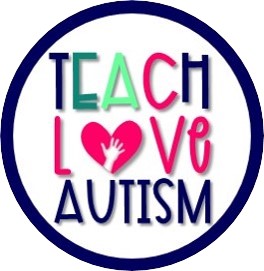7 Easy Ways to Increase Communication with Families
Sharing is caring!
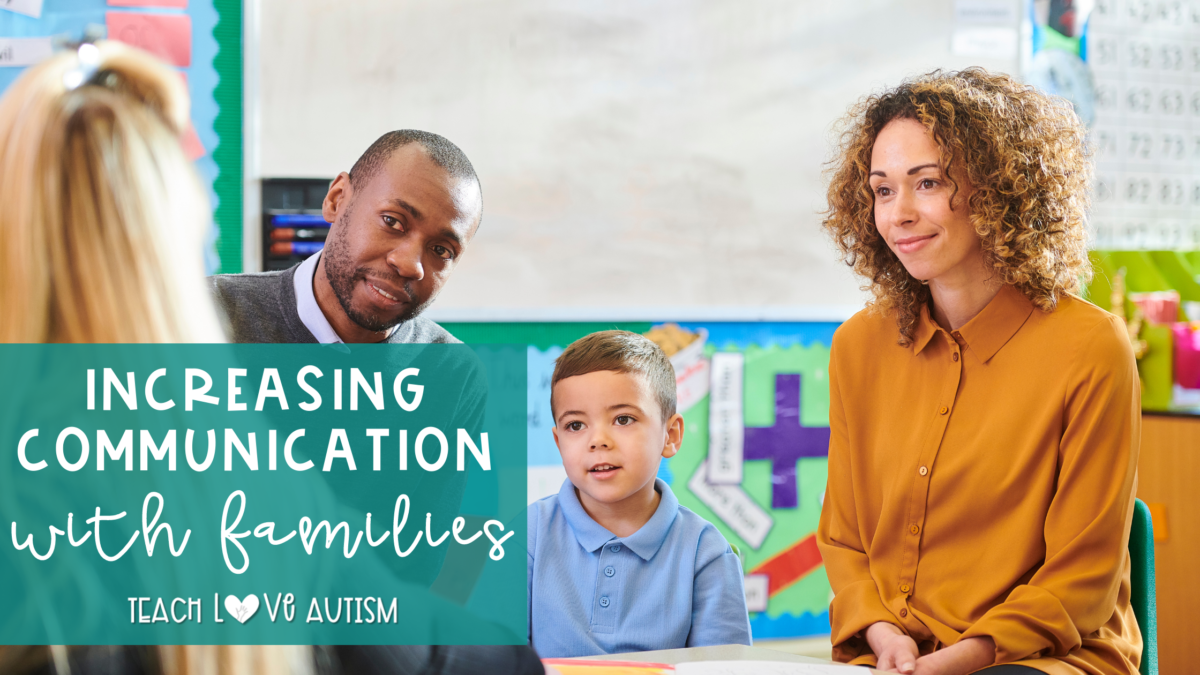
I would say that most educators believe that communication with families is important. And, I think it’s safe to say that most parents also appreciate the communication between school and home. Communication between home and school is especially important when students are struggling academically, socially, or emotionally. Communication with families is also important when it comes to our special needs learners. Parents need to understand what’s happening at school so they can continue with the learning at home and many times our students cannot share about their day, so we must find another way.
However, sometimes it feels like the lines of communication are jammed. Teachers use lingo that parents don’t understand. Parents are busy and don’t have time to read all the notices. So how can we increase communication with families between home and school? Well, I’ve been contemplating this question for a while, so here are some of my thoughts.
Reach Out First
I’m a big believer that it’s the teacher’s responsibility to initiate a relationship. So, at the beginning of the school year, take time to call each parent and introduce yourself as their child’s teacher. The conversation doesn’t have to be long, but it’s a way to show the parents that you truly care about their child. It’s also a great way for parents to tell you anything important about their child that you should know in the first days of school, such as carpool information, allergies, or learning needs. You can even prepare a script for the conversation to help lessen anxiety about calling.
Keep Communication with Families Positive

Over the first few weeks of school, try to keep an eye out for positive behaviors you see in the classroom. When you notice a child doing something positive, affirm the child, but also send home a note to let the parents know about the positive thing their child did. You don’t have to have some fancy form, you can simply write it on a sticky note or in an email. So often communication ends up being about the poor choices students make. How amazing would it be if the first feedback parents received was positive?
Keep Communication with Families Simple
It’s easy to fall into the trap that more words equal better. But sometimes, less is more. And it’s also easy to add in teacher jargon that won’t make sense to parents. So when you’re writing your notes, newsletters, and emails….try to put them in user-friendly language. Each teacher has a different communication style. Here are some of the things I’ve seen teachers use:
- Class Dojo
- Blogs
- Emails
- Monthly Newsletters
- Daily Behavior Logs
- Remind
Really, you just have to pick the communication style that works for you. Some educators love using online portfolios and other teachers prefer giving out paper newsletters. Some prefer to email, others prefer to have a blog. I think everyone has opinions about which is better, but at the end of the day, you have to pick what works for you. Pick something you’ll be able to stick with. Like these home and school communication logs from my shop!
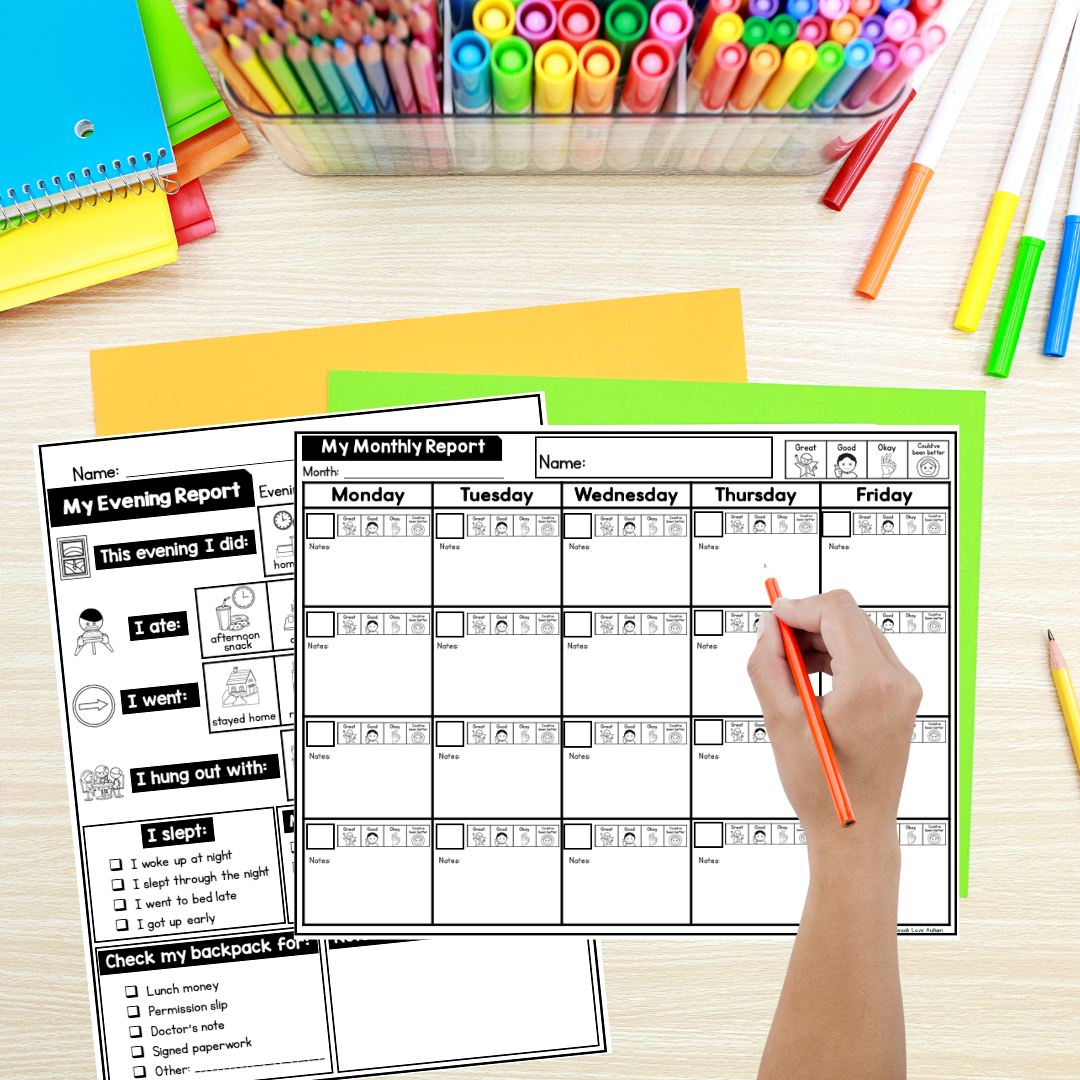
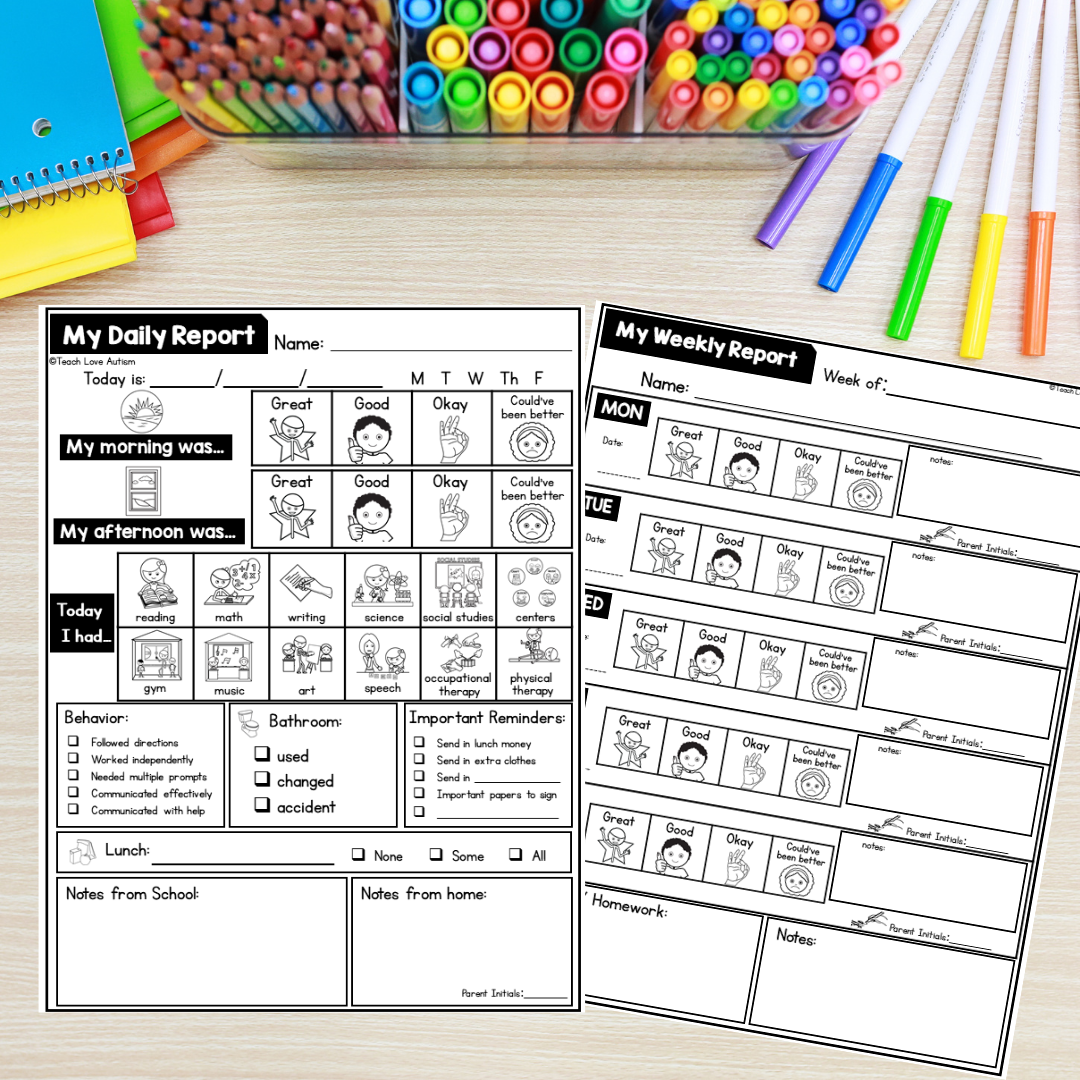
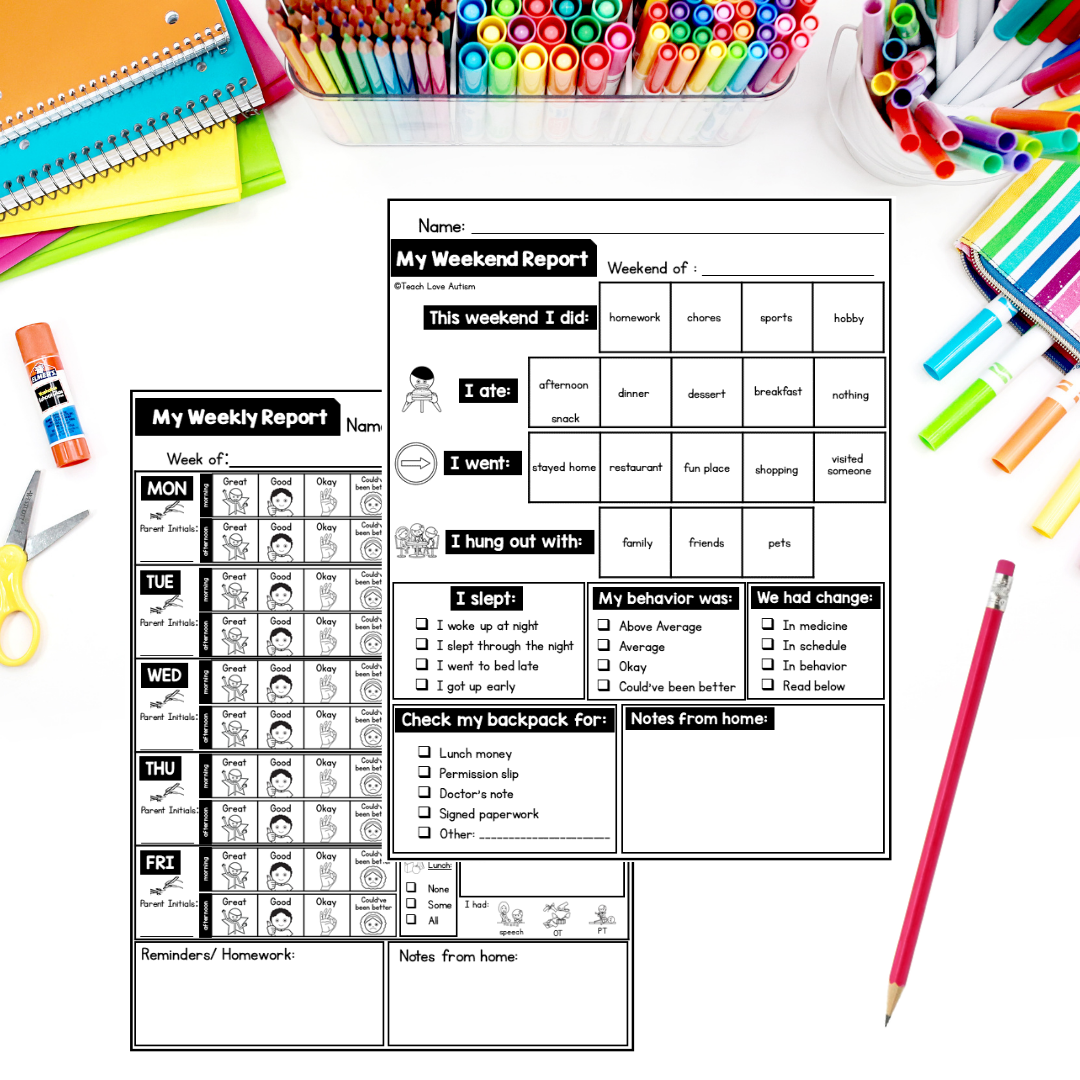
Consider the Time Commitment
When you’re trying to pick which methods of communication to use, don’t forget to consider the time commitment each will take. For some of my colleagues, they prefer email because they can whip out emails throughout the day, in the free moments that they have. However, for others, writing emails is a painstaking process of word-smithing to get everything just right.
So pick a communication method that isn’t going to eat up your entire evening or weekend. Self-care is important too. You might be an educator, but that isn’t your whole identity. Give yourself time to unwind at the end of the day as well.
Try these communication logs for free and see if they help cut down the time you spend keeping families informed!
Give Clear Explanations with Parents

Whichever method of communication you pick, make sure you communicate this clearly with parents. If you tell parents you’re going to be communicating monthly, then you need to follow through on this. If you tell parents, you’re going to post something on their child’s portfolio weekly, then make sure this is what you are doing. Parents deserve to have consistency from teachers. Of course, there are extenuating circumstances, but to the best of our abilities, we need to be consistent.
Along with this, we need to give clear expectations of what we need from parents. If you want parents to verbally chat with you, let them know. If you want parents to email their questions, let them know. I like to give a “Welcome to School” newsletter at the beginning of the year. In this newsletter, I include the ways that parents can communicate with me. This helps to lay it out really clearly for everyone.
Grace, Upon Grace, Upon Grace
No one is perfect. You’re not perfect. Parents aren’t perfect. Along the way, someone is going to mess up. Sometimes it will be the parents and sometimes it will be you. Make sure to give yourself grace when miscommunication happens. Apologize, clarify and move on. We so often put pressure on ourselves to be perfect, Instagram-worthy, Pinterest-worthy teachers. We forget that we’re human and humans make mistakes from time to time. You can read more about my “Building Rapport with Families” blog post to learn more about that. So grace needs to become a part of our everyday communication style.
Increasing communication between school and home is going to take effort and time. But the effort will be well worth it! What are some of your favorite communication tools?



